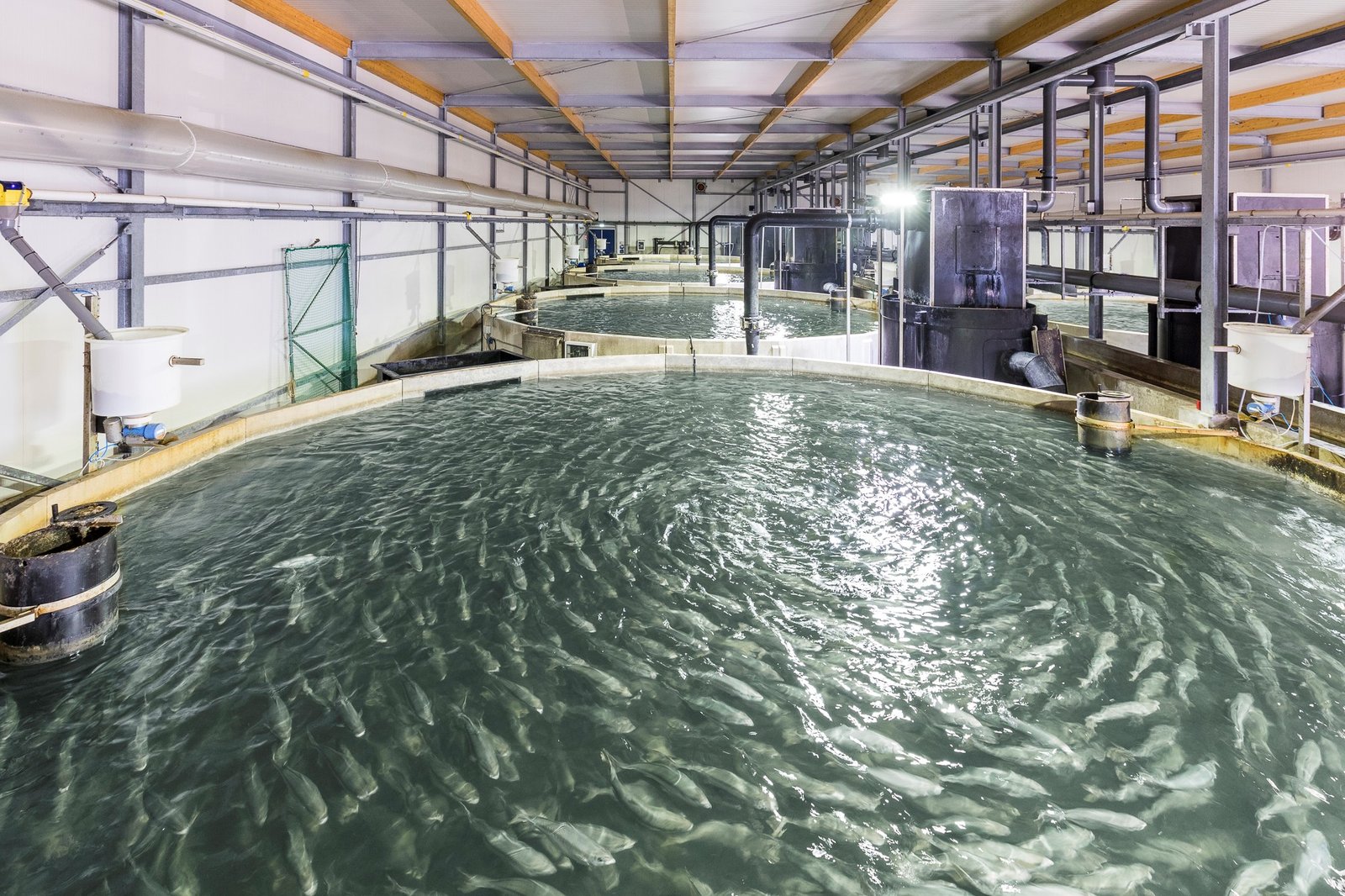Aquaculture is the farming of fish, crustaceans, mollusks, and other aquatic organisms, and it has become an increasingly important industry in recent years due to the growing demand for fish as a source of protein. With the rise of aquaculture, there has been a corresponding increase in the demand for equipment to support these operations, including fish feed machines.
Fish feed machines are specialized machines designed to produce high-quality, nutritionally balanced fish feed in large quantities. These machines are typically used by large-scale aquaculture operations, which require a steady supply of fish feed to support their fish farming activities. However, there is a growing interest in whether fish feed machines can be used for small-scale aquaculture operations as well.
Small-scale aquaculture operations typically involve the production of fish in smaller quantities, with fewer fish tanks and lower overall output. These operations are often run by individuals or small groups, and they may be located in rural or remote areas. While fish feed machines are typically associated with large-scale operations, there are a number of reasons why they may be useful for small-scale aquaculture as well.
One of the primary advantages of using a fish feed machine for small-scale aquaculture is that it allows for the production of high-quality fish feed in larger quantities than would be possible by hand. While small-scale operators may be able to produce fish feed manually, the process can be time-consuming and labor-intensive, and the resulting feed may not be as nutritionally balanced as feed produced by a machine. By using a fish feed machine, small-scale operators can produce a larger volume of high-quality feed with less labor and in less time, allowing them to focus on other aspects of their operation.

In addition to improving efficiency, using a fish feed machine can also help small-scale operators improve the quality of their fish feed. Fish feed machines are designed to produce feed that is highly nutritious and balanced in terms of protein, fat, and other essential nutrients. By using a fish feed machine, small-scale operators can ensure that their fish are receiving the nutrients they need to grow and thrive, which can lead to healthier, more productive fish and a more successful operation overall.
Another benefit of using a fish feed machine for small-scale aquaculture is that it can help operators reduce their overall costs. While fish feed machines can be expensive to purchase, they can ultimately save small-scale operators money in the long run by reducing the need for manual labor and improving the quality of the feed. Additionally, by producing their own feed, small-scale operators can avoid the costs associated with purchasing pre-made feed from a supplier.
While there are many potential benefits to using a fish feed machine for small-scale aquaculture, there are also some challenges that operators may need to consider. One of the primary challenges is the initial investment required to purchase a fish feed machine. These machines can be expensive, and small-scale operators may need to weigh the cost of the machine against the potential benefits before making a purchase.
Another challenge is the need for specialized knowledge and expertise to operate a fish feed machine effectively. While the machines are designed to be user-friendly, there may still be a learning curve for operators who are not familiar with the technology. Additionally, operators will need to have a good understanding of the nutritional needs of their fish in order to produce feed that is properly balanced and meets their specific requirements.
Despite these challenges, there is growing interest in using fish feed machines for small-scale aquaculture, and many operators have found success in doing so. By using a fish feed machine, small-scale operators can improve the efficiency and quality of their operation, reduce their costs, and ultimately produce healthier, more productive fish. While there are certainly challenges to overcome, the potential benefits make it worth considering for small-scale aquaculture operations.


